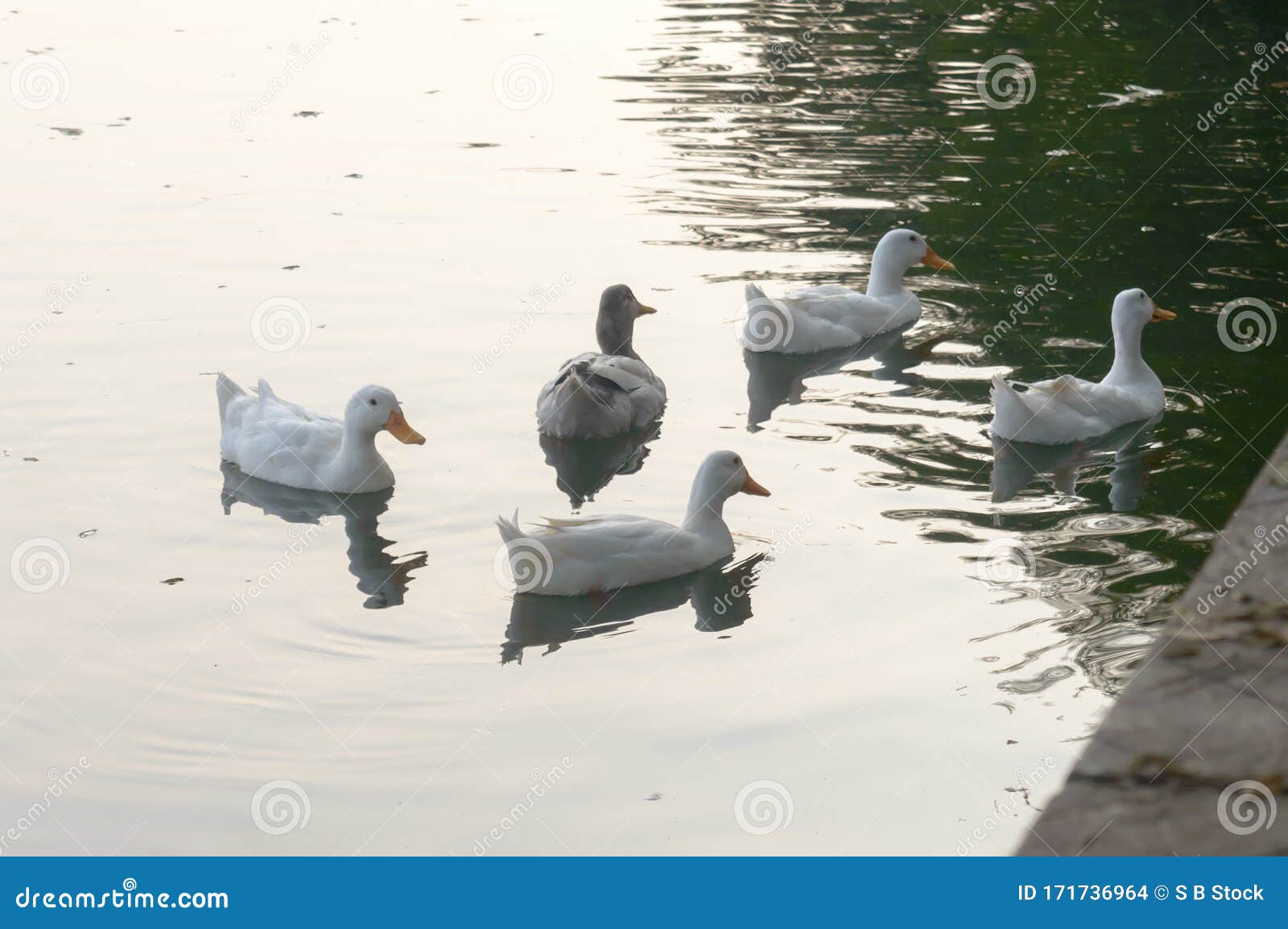
A gaggle, for example, is a bunch of geese that can be seen on the land or swimming in the water. Geese have a number of collective nouns that differ depending on where they are found. Say, Geese! What do you call a group of geese? Why is there a need for a different variety of words to express the group appearance of an animal? Continue reading to find out why some of these wacky names were given to the group of geese. Geese are known for their loud trumpeting calls, which let others in the group know where they are and what they're doing. Goslings is the name given to collective nouns of the group of baby geese. Flock, plump, wedge, and team are some of the other collective nouns. A skein is a flying group of geese, and a gaggle is a group of geese swimming in water or simply walking on the land. The gander defends the eggs as the goose sits on them. Their eggs are white and rough on the outside, and they hatch after a month. The nests of geese are built on the ground. Geese are monogamous animals, meaning they have only one partner for the rest of their lives. A goose has many interesting characteristics that make it a unique animal, including its diet, behavior, and vulnerability to predators.Īlthough the male and female geese have similar appearances, the male is usually taller than the female. They are mostly seen in North America and Europe.

The three species of tiny waterfowl in the genus Nettapus are known as 'pygmy geese,' and these species appear to be related to the Cape Barren goose and the spur-winged goose.Ī goose can be seen everywhere but not in Antarctica. Swans, which are more distantly related to true geese, and ducks, which are smaller, are more distantly related members of the Anatidae family. This group includes the Anser (gray and white geese) and Branta genera (the black geese). A goose is a waterfowl species belonging to the Anatidae family. These long-necked and big-footed birds that prefer to live near water bodies are known as geese. You may have seen enormous ducks like birds roaming about looking for food and assumed they were large ducks, but they are not. Anyone using the information provided by Kidadl does so at their own risk and we can not accept liability if things go wrong. Kidadl cannot accept liability for the execution of these ideas, and parental supervision is advised at all times, as safety is paramount. We recommend that these ideas are used as inspiration, that ideas are undertaken with appropriate adult supervision, and that each adult uses their own discretion and knowledge of their children to consider the safety and suitability. Our recommended activities are based on age but these are a guide.

We recognise that not all activities and ideas are appropriate and suitable for all children and families or in all circumstances. Kidadl provides inspiration to entertain and educate your children.

We will always aim to give you accurate information at the date of publication - however, information does change, so it’s important you do your own research, double-check and make the decision that is right for your family.

We try our very best, but cannot guarantee perfection. We strive to recommend the very best things that are suggested by our community and are things we would do ourselves - our aim is to be the trusted friend to parents. At Kidadl we pride ourselves on offering families original ideas to make the most of time spent together at home or out and about, wherever you are in the world.


 0 kommentar(er)
0 kommentar(er)
